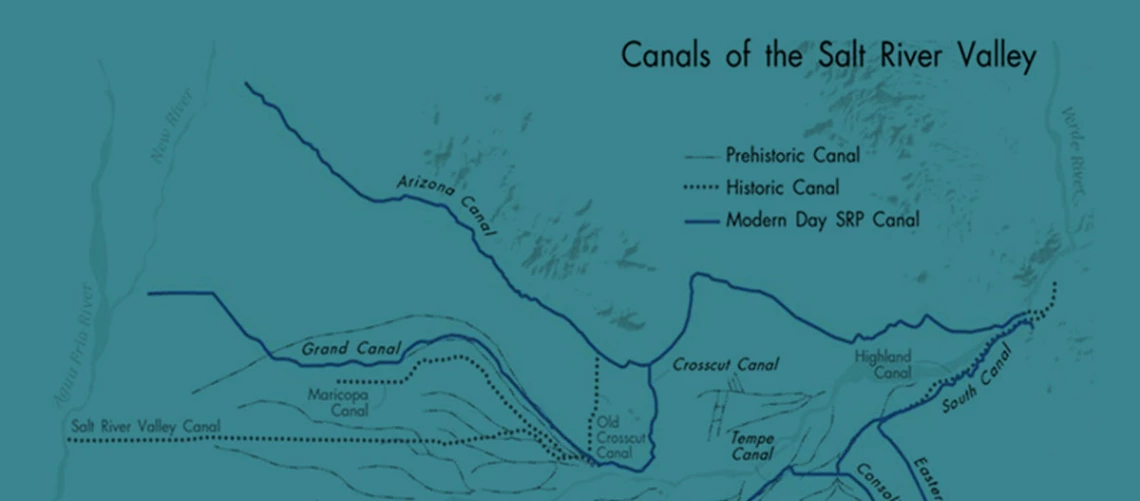Ingenious Indigenous Inventions to Move Water
Oct. 19, 2020
Image

Since the beginnings of human history, humankind has been reshaping the earth to help meet our physical needs. Improving accessibility to water was paramount for many early cultures and it still is for the desert Southwest today.
Here in Arizona, the Hohokam people (~300 B.C. to 1450 A.D.) built aqueducts that rival those of the Roman Empire. Using nothing more than stick and stone tools, the Hohokam built 500+ miles of major canals that operate by gravity flow. The largest section of canal excavated is an impressive 13 ft wide by 12 ft deep!
Indeed, the Hohokam people are a large part of why metropolitan Phoenix exists today. Long before European settlers arrived to reshape the landscape, the Hohokam civilization thrived by farming and trading with cultures from hundreds of miles away.
After their mysterious disappearance in the mid 1400s, the most obvious reminder of their presence was the ubiquity of their canals. Even today, some of the current Salt River Project canals follow the original Hohokam routes.
As technology continues to advance, it’s worthwhile to reflect on how we got where we are. Acknowledging Indigenous Peoples’ Day this week, we celebrate the unique creativity of cultures that have come before us.

